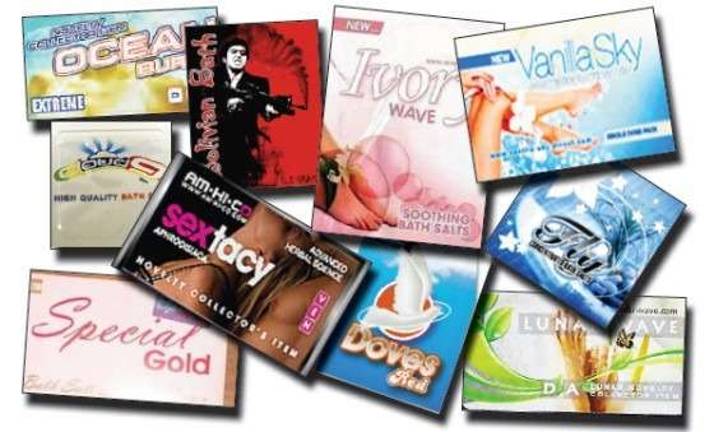Bath salts are not what they seem

By Hope Franz
MILFORD — Those who think bath salts are simply products that one adds to bath water may be surprised at the lurid turn in its meaning.
"Bath salts" is the nickname of a new designer drug that leads those who ingest it to commit bizarre acts of violence. Last month in Hawley, 20-year-old Richard Ciminio Jr. of Doylestown, Pa., was under the influence of baths salts when he stripped off his clothes, broke into several homes, and jumped from a second-story building. Next, while injured and bleeding, he tackled a pedestrian and proceeded to gnaw on her head.
Victim Nancy Dean-Corino told the state police that Ciminio was “screaming like an animal." Janine Edward, the Wayne County District Attorney, said the police found him "completely delusional.”
"The effects more than often cause bizarre and overly aggressive behavior, impairs rational decision making, and causes paranoia resulting in complete disorientation," said Pike County Sheriff Philip Bueki.
Designer drugs are synthetic compounds concocted in underground labs. Ecstasy and methamphetamine, known as "crystal meth," are also designer drugs. Bath salts — the drug — are commonly found in convenience stores and on the Internet under names like Vanilla Sky, Ivory Wave, Red Dove, Hurricane Charlie, Aura, and Loco-Motion. They are also labeled “bath powder," “herbal incense,” and “plant food" — innocent-seeming names that, along with the "not for human consumption" warning on their labels, have allowed bath salts to fly under the radar until alarming reports from emergency rooms around the nation alerted the public of their real danger.
'A never-ending battle'
Pennsylvania banned bath salts in August 2011. But the ban is not a complete solution, local authorities say.
“There has been a very good attempt by legislature to ban the chemical compounds found in bath salts," said Pike County District Attorney Ray Tonkin. "However, it is difficult to completely regulate or ban bath salts and other synthetic drugs because the people who manufacture these drugs change the molecular composition ever so slightly that it makes it impossible to regulate or outlaw them. It is a never-ending battle."
The key ingredients in bath salts are the synthetic compounds MDPV (methylenedioxypyrovalerone), mephedrone, pyrovalerone, and methylone. But many other ingredients are used in addition or in place of these ingredients. For example, many of the bath salts seized have even been found to contain extremely high levels of caffeine.
MDPV and mephedrone were legal until 2011, when the Federal Drug Administration banned them. But underground chemists skirt the law by slightly altering the compounds and producing new versions that are technically legal. The FDA now refers to “bath salts” as a “designer drug of the phenethylamine class.”
The federal ban covers the online and interstate sale of bath salts and other synthetics. President Obama signed a bill to ban several types of synthetic drugs, including synthetic marijuana and bath salts.
Can the abuse of bath salts become an epidemic? They are widely available, with virtually no way to test for them. The packaging often depicts cartoon characters that attract younger users. But, because of bans and bad press, the drug is becoming harder to buy in local stores.
And yet this writer was able to find “bath salts” for purchase in a Sunoco station in Marshalls Creek. After introducing myself to the owner, he pulled them from the shelves and begged to remain anonymous.